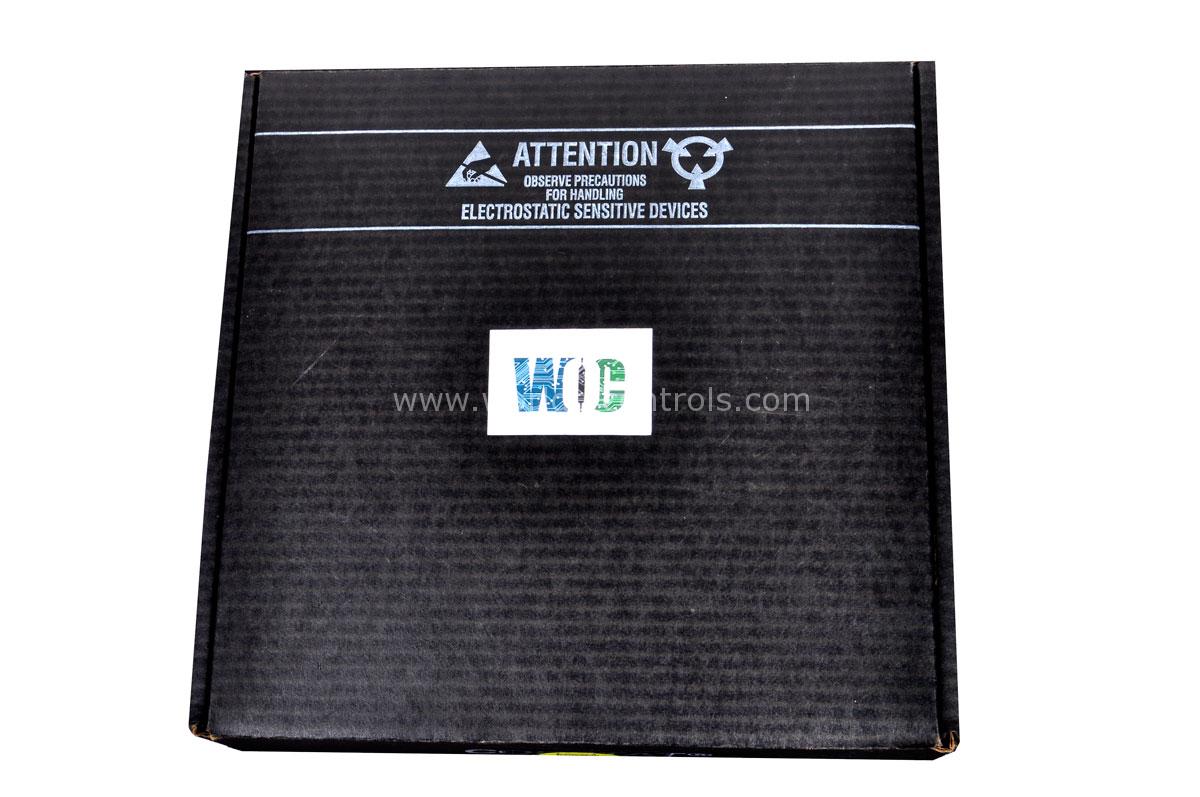
World Of Controls understands the criticality of your requirement and works towards reducing the lead time as much as possible.
5461-651 - 4-20mA Analog Input Module is available in stock which ships the same day.
5461-651 - 4-20mA Analog Input Module comes in UNUSED as well as REBUILT condition.
To avail our best deals for 5461-651 - 4-20mA Analog Input Module, contact us and we will get back to you within 24 hours.
SPECIFICATIONS:
Part Number: 5461-651
Manufacturer: Woodward
Product type: 4-20mA Analog Input Module
Insulation Method: Photocoupler
Analog Output Points: 4 Points
I/O Points: 4 Current Outputs
Analog Output: 4-20mA
Conversion Speed: <2 ms
Accuracy: ±0.01% (Full Scale)
Power Supply External: 24 VDC
Resolution: 14-bit, 0 – 16000
Internal Current Consumption (mA): 3.3 VDC, 40 mA
Radiated Electromagnetic Immunity: 80–1000 MHz, 10 V/m
Storage Temperature -25 – 80 °C (-13 – 176 °F)
Operating Temperature -10 – 60 °C (14 – 140 °F)
Size: 3.5 x 0.8 x 2.5 in
Availability: In Stock
Weight: 0.73 kgs
Country of Origin: United States (USA)
FUNCTIONAL DESCRIPTION:
5461-651 is a 4-20mA Analog Input Module manufactured and designed by Woodward as part of the 5000 Series used in Turbine Control Systems. The 4-20mA communication protocol is a standard widely used for analog signal transmission in industrial settings. It operates by adjusting the resistance in a fixed-voltage closed loop, which alters the current flowing through the signal line. This protocol offers excellent noise immunity, even over long distances, and its signals are easy to interpret. The fixed current range also makes it possible to represent both minimum and maximum values. However, it is not ideal for high-bandwidth transmission, as changing the current in the loop is slower compared to digital voltage adjustments.
BASIC PRINCIPLES OF CURRENT LOOP COMMUNICATION:
Current, voltage, and resistance are the key physical quantities in electrical systems, with Ohm’s law explaining their relationship. Current represents the flow of electrons in a circuit, resistance opposes this flow, and voltage indicates the potential difference between two points. According to Ohm’s law, current is the result of dividing voltage by resistance. In a system with a fixed voltage, like the 4-20mA communication protocol, the current flow through a signal line can only be adjusted by changing the resistance. Reducing resistance increases the current, while increasing resistance decreases it. In the 4-20mA protocol, 4mA and 20mA correspond to the minimum and maximum current levels used to convey values, such as temperature readings from a sensor. The most common voltage used in industrial systems is 24V DC.
COMPONENTS OF A 4-20MA COMMUNICATION LOOP:
The sensor is the initial component in the system. Some measurement devices may need a dedicated converter to transform the measured values into a proportional current signal, ranging from 4mA to 20mA, which is then transmitted. This transmitter regulates the resistance on the signal line, adjusting the current to reflect the measured value. A controller, also known as the receiver, detects and interprets the analog current signal to decode the transmitted information. A voltage regulator in the loop ensures a stable voltage, maintaining the current within the 4mA to 20mA range. This device compensates for variations in sensor and loop resistance, ensuring the current stays within the desired limits. When designing the loop, it is important to consider the voltage needs, current flow, and resistance of both the components and the wiring.
BENEFITS AND DRAWBACKS OF THE 4-20MA PROTOCOL:
The primary advantage of the 4-20mA protocol is its widespread adoption in industrial applications, making it compatible with many sensors and devices. Current-based communication typically offers superior noise immunity compared to voltage-based systems, which is essential in electrically noisy environments such as factories. Additionally, current loops can transmit data over long distances without significant signal loss. Interpreting the signals is straightforward, and the fixed current range provides a clear zero-to-maximum scale. For example, in a system with a temperature sensor, the current might be 4mA at the lowest temperature and 20mA at the highest.
WOC has the most extensive stock of Woodward Control system replacement parts. We can also repair your faulty boards and supply unused and rebuilt boards backed up with a warranty. Our team of experts is available around the clock to support your OEM needs. Our team of experts at WOC is happy to assist you with any of your automation requirements. For pricing and availability on any parts and repairs, kindly contact our team by phone or email.
What is a 4-20mA Analog Input Module?
A 4-20mA Analog Input Module is a device that reads and processes analog current signals, typically in the range of 4mA to 20mA, and converts them into usable data for further processing in a control system or automation process.
What does the 4-20mA signal represent?
The 4-20mA signal represents the measurement range of a sensor. For example, in a temperature sensor, 4mA could represent the lowest temperature, and 20mA could represent the highest temperature.
Why is 4mA used as the lower limit instead of 0mA?
The 4mA lower limit is used to provide a clear indication of system failure or wire breaks. A signal of 0mA could indicate a fault, but 4mA is typically considered the lowest possible valid signal for normal operation.